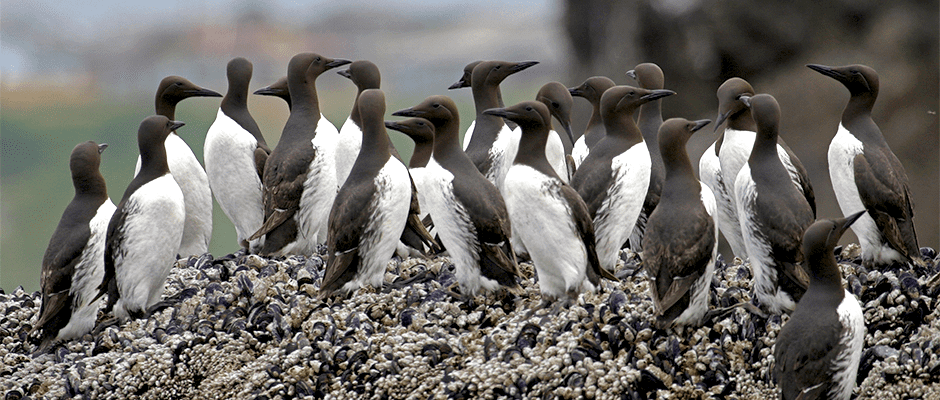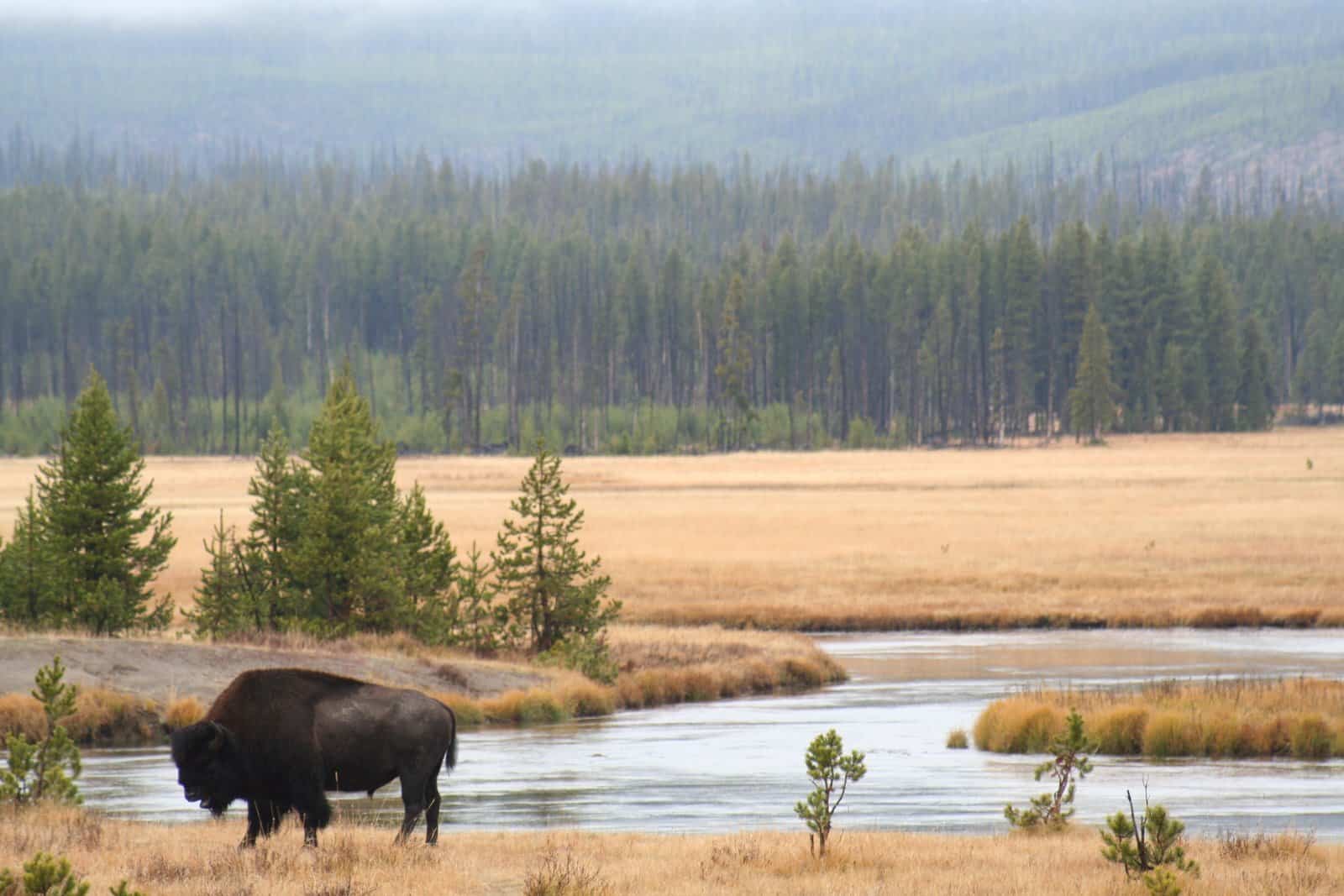Share this article
Why don’t murre eggs roll off cliffs?
There have always been stories — and some research since the 1950s and ’60s — that murre (Uria aalge) eggs have a unique shape that allows them not to roll the off cliffs where the birds nest. But a team of researchers wanted more than stories. They wanted a conclusive answer.
In a study published in the Journal of Experimental Biology, researchers looked at the pear-shaped eggs to see if they’re actually shaped this way for a reason. Do the eggs roll in tight radiuses because of their shape, keeping them safe on the rocks?
“It has always been a special interest to me,” said Mark Hauber, a professor of animal biology at the University if Illinois at Urban Champaign and the senior author of the study. “Murre eggs are something I’ve always wanted to know about.”
To conduct their study, the team first scanned previous literature, looking at comparative studies of eggs relative to murres. They found that murre eggs were in fact unique in their rolling in a tight radius.
Then, Hauber and his colleagues used 3D printing to put the egg-shape idea to the test.
“It’s been 60 years now, and we now have an experimental approach to asking and answering the question ultimately,” he said.
They manipulated the egg shapes in different ways including asymmetry, sharpness, elongation and width-to-length ratio. Then, the team placed the eggs on a slanted surface and began rolling them at different angles, videotaping the experiment to analyze later.
Sure enough, they found eggs that were more pear-shaped, like murre eggs, rolled in a tighter radius, making it more difficult for them to fall off a narrow cliff.
“It was important because we needed to explain why the murre egg is special,” Hauber said. “It really is an outlier in a sense.”
In North America, the common murre is a protected species, Hauber said, and it’s important to know about its natural history, particularly as it faces a range of threats, including overfishing and getting caught in fishing nets. Predators introduced to islands can also disturb the murres, eating their eggs.
The next challenge, Hauber said, is unraveling what secrets may lie in the shapes of other birds’ eggs.
Header Image: A common murre colony stands on the Oregon coast. Researchers recently found their egg shape helps prevent them from falling off cliffs. ©Roy Lowe, USFWS








